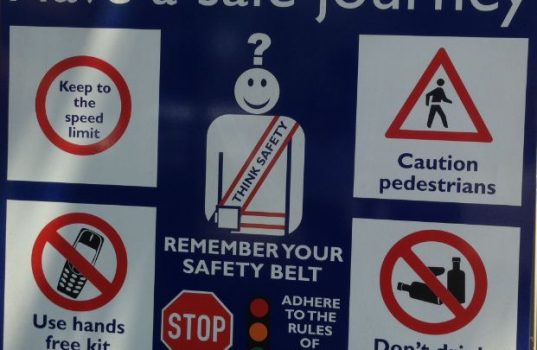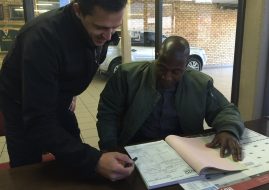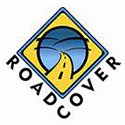Increased mental awareness needed to prevent holiday road carnage
Following the recent announcement by Transport Minister Joe Maswanganyi that there was a 51% increase in road fatalities from 156 road fatalities during the 2016 Easter holidays to 235 road fatalities during the 2017 Easter holidays, it is clear that travelling in a motor vehicle is probably the most dangerous thing you do on a daily basis.
According to Colin Mchunu, Senior Manager at Alexander Forbes Insurance, “Most road accidents occur as a result of negligence by one or more parties. The most frequent causes of accidents on our roads are lack of attention to detail, speeding, driving under the influence of alcohol and not understanding how your vehicle performs in certain conditions.”
He adds, “Other factors which contribute to these accidents are the condition of the roads, weather, the physical condition of the driver, general vehicle maintenance, as well as distraction from fellow passengers.”
“Driving is not just the physical act of steering and maneuvering your vehicle on the roads. A large part of driving is mental awareness and decision making. Drivers must be aware of things happening around them as they are confronted with multiple split second decisions that need to be calculated and executed with great precision. Your mental and emotional state of mind plays a large role in your driving ability,” says Mchunu.
Mchunu offers the following points when you are on the road:
Mchunu offers the following points when you are on the road:
1. Speed and stopping distances are crucial.
- Stay 3 to 4 seconds behind the vehicle in front of you (3 – 4 car lengths).
- Remember to increase your following distance as your speed increases.
2. Changing lanes
- Check to make sure there is enough room.
- Signal your intention well in advance.
- Check your blind spot and spacing again.
- Make smooth lane changes as quickly as possible.
- Avoid harsh lane changes as this might startle other drivers causing an accident.
3. Blind spots
- Adjust your mirrors to minimize your blind spots
- Avoid driving in other people’s blind spots
- Make yourself as visible as possible at all times.
4. Take note of the road signs around you
- Regulatory signs are red and white
- Warning and temporary signs are yellow and black
- Guide signs are blue and white
5. Avoid being distracted by technology.
- Avoid checking a map book or your phone while driving.
- Have your route mapped out before you leave your location.
- Never text and drive.
- Always use a hands-free car kit when taking calls
Also view:
Defensive Driving and Making Roads Safer https://t.co/fE6zWJ1mSE #ArriveAlive pic.twitter.com/51GGSzVlea
— Arrive Alive (@_ArriveAlive) March 21, 2017
Related Posts
« Car crashed into barrier leaving four injured, Johannesburg Two critical, one killed in collision at intersection in Alberton »

























